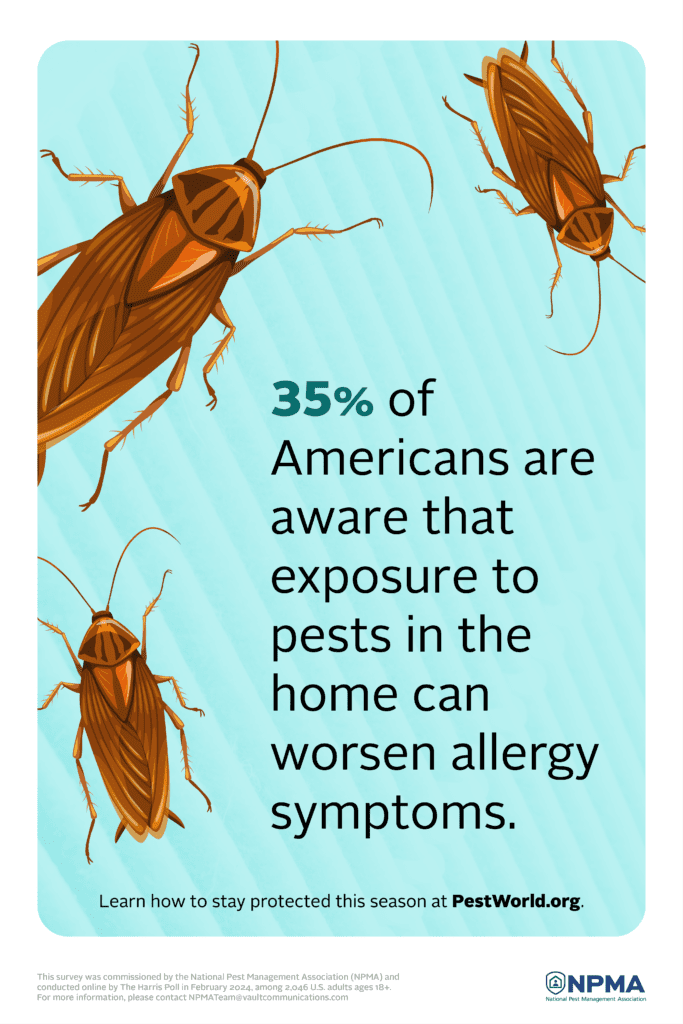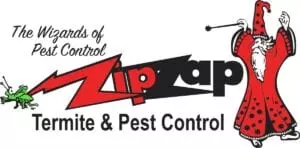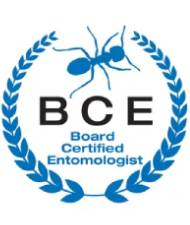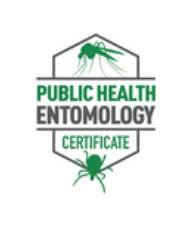How to Identify American vs German Cockroach

Roaches in Kansas City
American vs German cockroach: what is the difference? We will dive into the differences between the two cockroaches we find in Kansas City. Let’s start with the American cockroach.
Overview of the American Cockroach
Called the waterbug, this species is known as the most significant common cockroach, and the American cockroach is often considered a pest. Some may call it a “waterbug,” but in fact, it is not aquatic. The scientific name for the American cockroach is “Periplaneta Americana.” It resides in the Order “Blattodea” and the Family “Blattidae.” American cockroaches are found worldwide.
Why am I Seeing American Roaches in my House?
Although it is not uncommon to find these roaches indoors, American cockroaches primarily live outdoors. Many reasons they move indoors are significant climate change or a food shortage. Once inside your home, they will make their way in search of food and water. These areas may include the kitchen, bathroom, basement, or laundry room. Outside, this roach feeds on decaying leaves, algae, fungi, and small insects. Inside, they search for crumbs in drains, under appliances, behind cabinets, and on the floor. Pet food is often a favorite when left uncovered. In the battle of American vs German cockroach, habitat preferences play a crucial role.
How do I identify American Roaches?
American roaches are large. Between 32-54 mm or 1 1/4″ to 2 1/8″ in length. They are typically reddish-brown with a figure 8 pattern on their head at the back. They have six legs and an antenna, and they are oval in shape. Males and females have wings and the ability to fly short distances. American roaches can bite but rarely do. Signs of these roaches can be small droppings that are blunt on the ends and have ridges on the sides. People often mistake American cockroach droppings for mouse droppings. The egg capsules measure about 8mm long, are dark in color, and adhere to surfaces near food sources. You can find cockroach egg capsules in kitchens, basements, laundry rooms, behind appliances, or cabinets. American roaches emit a musty smell.
Overview of the German Cockroach
German cockroaches are a very common roach and are found throughout the US. Because the German Roach has a high reproductive rate, their offspring have a great chance of survival. The females carry their egg capsule (oothecae) until it is ready to hatch. This roach has a hard time tolerating cold temperatures, one of the reasons you primarily find them indoors. When comparing American vs German cockroaches, reproductive habits are key differences.
The scientific name for the German cockroach is “Blattella germanica.” It resides in the Order “Blattodea” and the Family “Blattellidae.”
Why am I seeing German Cockroaches in my House?
German cockroaches only live outdoors if extremely heavy infestations inside are present and/or if trash is stored outside up against the home. The small size of this cockroach allows them to hide in almost anything easily. It also allows them to conceal themselves in items you purchase from stores. Once inside, their population can grow quickly, especially if sanitation in the home is not performed regularly.
How do I Identify German Cockroaches?
German cockroaches are very active, small roaches that can easily pass through small spaces. Adults are about 17mm or 5/8 to 2/3 inches in length. They are dark brown with what looks like two racing stripes on their pronotum, which is behind their head. The immature German roaches have two dark stripes running the length of their body. The adult female carries her egg case right up to the time it hatches, and the average period from egg to adult is 55-68 days. The German cockroach is the most common species found in homes and buildings.
What is the Difference Between the American vs German Cockroach?
- American Cockroach:
- It is the largest of the urban house infesting cockroaches
- can fly, prefer moist, warm areas
- Adults are about 2″ long
- Dark brown to black with a figure 8 pattern on their head
- Live six to eighteen months
- German Cockroach:
- Number one urban cockroach pest in the US
- Do not fly, light brown with two dark stripes on the pronotum
- Adults approximately 5/8″ long
- Adults live four to six months

Jeffery Preece BCE, PHE
Jeffery Preece is the Owner and Technical Director of ZipZap Termite & Pest Control for over 32 years.



